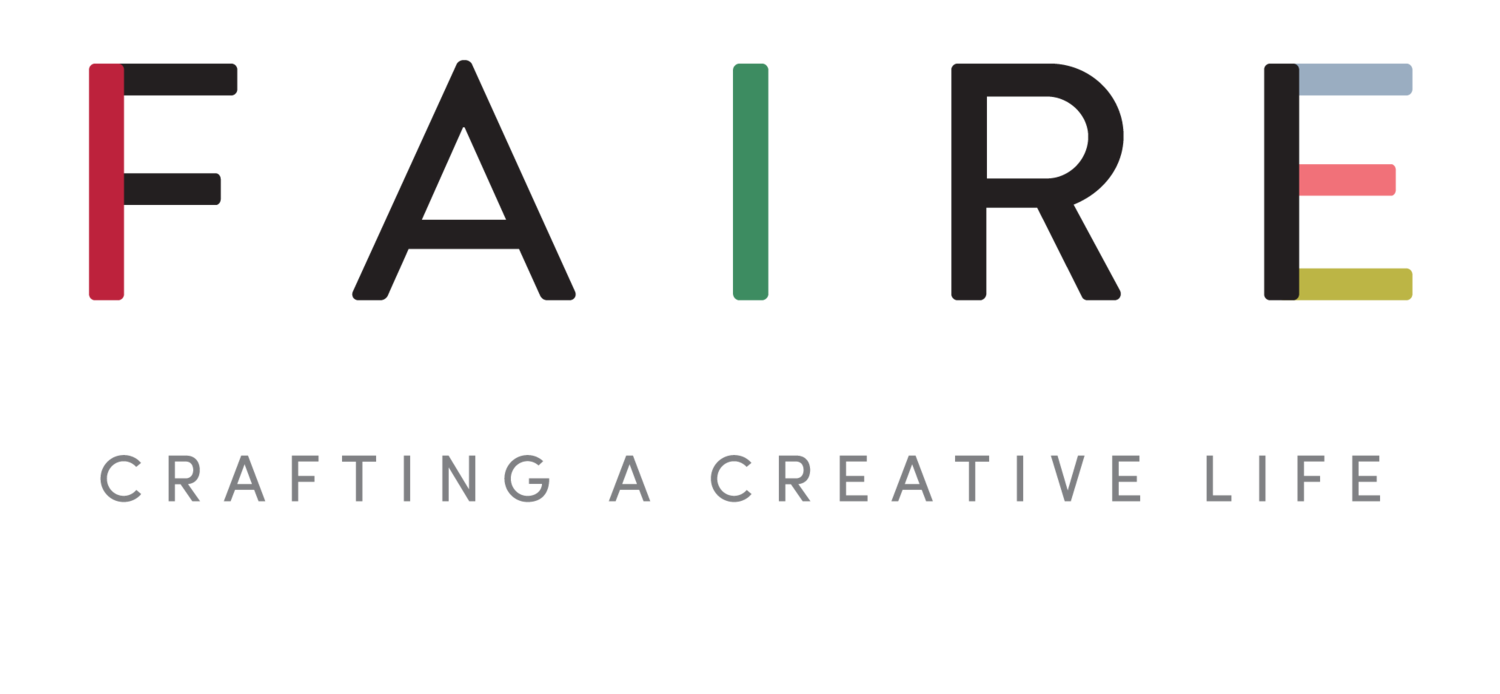Exploring the Language of Textiles
An interpreter of antique textiles for major French silk houses, such as Prelle in Lyon, Thierry Véron Denstressangle is also a textile artist who creates one of a kind carpets knotted in Nepal for his project ‘Voveo uT Des’.
In search of materials, colours, encounters and sensations, he intuitively explores different creative registers like new territories. The words knotted on his carpets often serve as references to the disappearance of the ancient temples into dust after the recent earthquakes in Kathmandu. He also sees them as the drawing of an emotion - like a thought towards the loved one although absent.
Images courtesy of Thierry Véron Denstressangle
Translation by Ruth Ribeaucourt
I was born on September 5, in Lyon, into a happy and loving family. My weekends were spent peacefully in a house in the countryside - taking long walks in the forest, observing nature, reading and filling my sketchbooks. During the week I attended school in the city, and would take evening classes, drawing from plaster casts at the annexe of the Lyon School of Fine Arts.
At the age of 16, I officially enrolled at the Lyon School of Fine Arts, where I was taught the different artistic movements of the 20th century by the artist Patrick Raynaud.
In many ways, though, my artistic apprenticeship was self-taught. I interrupted my formal art studies to move to Paris and explore my artistic life by travelling from Berlin to Sri Lanka. Along the way I met some incredible people who changed my life and way of seeing, including the dancer Ismael Ivo, the filmmaker Pierre Marie Goulet, the painter Max Neumann, the musician Kudsi Erguner, and Claude Régy - I even became Claude’s assistant for the staging of Maurice Maeterlinck's "La mort de Tintagiles".
Through my travels I discovered India, Kashmir, and Nepal, and this was how my company Voveo uT Des was born. I wished to work with artists and craftsmen on specific projects where each individual craftsperson could express their very unique and personal style, and share their savoir-faire and knowledge.
My series of flying carpets grew out of this desire to connect. The idea is to weave links inspired by meetings and human exchanges, and to advance on a creative path without necessarily knowing where this path will lead.
My series of flying carpets grew out of this desire to connect. The idea is to weave links inspired by meetings and human exchanges, and to advance on a creative path without necessarily knowing where this path will lead.
My flying carpets are one of a kind pieces, hand-knotted in a Kathmandu workshop.
I freely interpret pages and images from many different eras. I pull from phylacteries and ancient engravings, adding text and colour as I go. The dimensions I work with are voluntarily disproportionate, and I let the weavers interpret my drawings and maps in their own way.
The finished carpet is a large collage in wool and vegetable silk, which the weavers will sign with their first names.
The distance from Kathmandu and the slowness of the knotting process mean that I rediscover the project several months later. This slight gap between an idea and its realisation is an integral part of the work - the dialogue becomes creative.
The work resembles the writing of a diary in which observations, emotions, moments of life or references - both literary and artistic - are listed. In many ways I see these carpets as missives - which send enigmatic messages woven with the warp and weft. These messages are a record of what can disappear in the blink of an eye, such as under the immense natural power of earthquakes that have affected Nepal.
The current global pandemic does not allow for longer stays in the studio in Nepal, however, the works are knotted at their own pace, waiting to take the long sandy road again - that of the flying carpets.
Creative Process
Every collection I create expresses my taste for the diversity of motifs as well as my passion for travel. I like to create a dialogue between textile documents of different historical and geographical origins in the same interior space.
I see myself as an interpreter of old textile documents, and this comes into play when I create fabrics for the silk furnishing manufacturers.
Recently, I created the Genji brocatelle for the celebrated French silk manufacturers Prelle. It was inspired by a fragment of an 18th-century Japanese Obi belt - which rubs shoulders with a Kouba, based on a velvet from Kasai in Zaire, as well as the Concerto edged satin- the result of a map by the famous 18th-century designers of the Lyons factory Louis Galy and Louis Gallien.
My role is in many ways to highlight the iconographic heritage of this silk Manufacture, and translate a motif into an innovative technique while respecting strict specifications. It is an fascinating exercise which celebrates renewal.
The work at the Manufacture is a team effort in which everyone can express their skills. Silk weaving is complex. It is similar to stained glass: there are transparencies, subtle associations that require time to observe. It is, above all, coloured light that is found in a fibre. And part of my role is to be able to project how the light will caress the coloured fibre, what vibrations the fabric will have in the dark.”
A painter may need a stretcher or other support to make his work.
My practice is a multi-handed score. It involves different craftsmen to produce a woven image.
The production of these works is done on a self-employed basis.
Finding the right balance between creating, producing, and showing one's work remains, without doubt, the greatest challenge.
To find out more about Thierry, visit his Instagram, @VeronDentressangleThierry











